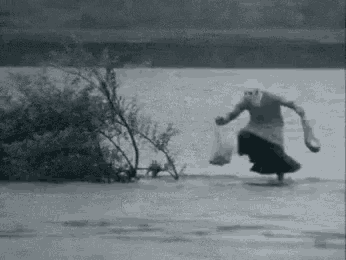Há 2500 anos, Pitágoras (um filósofo pré-socrático) defendeu ser a estrutra da realidade de ordem numérica. Entendia o número como um pequeno corpúsculo que, associado a outros em formas geométricas, constituía a estrutura de tudo o que existe. Não sabemos se Pitágoras ou, mais tarde, Teeteto, como alguns defendem, descobriu que essa estrutura se baseava em 5 formas regulares que se aninham umas nas outras como bonecas russas.
Sabemos que elas aparecem descritas com precisão no diálogo de Platão de nome
Timaeus (c.360 B.C) e daí que as chamemos, 'sólidos platónicos'. Platão associa-as aos 4 elementos dos pré-socráticos gregos. Platão era um pitagórico, como se dizia então, isto é, um filósofo que seguia os ensinamentos da escola pitagórica de atribuir um lugar de destaque a um modo de investigação racional, à importância da matemática na construção de uma visão inteligível da realidade e também na formação do espírito que é capaz de ver para além das aparências sensíveis.
Há apenas 5 formas geométricas possíveis de sólidos platónicos que obedecem às seguintes regras:
1. A forma tem de caber dentro de uma esfera: todos os vértices tocam o interior da esfera;
2. Todas as faces são formadas por polígonos regulares - idênticas em forma e tamanho e com todos os ângulos e lados iguais entre si;
3. Todos os vértices têm o mesmo número de arestas.
As formas -os sólidos platónicos- são:
1 - Tetraedro: 4 triângulos, 4 vértices, 6 arestas (o elemento fogo)
2 - Cubo - 6 quadrados, 8 vértices, 12 arestas (o elemento terra)
3- Octaedro - 8 triângulos, 6 vértices, 12 arestas (o elemento ar)
4 - Icosaedro - 20 triângulos, 30 vértices, 20 arestas (o elemento água)
5 - Dodecaedro - 12 pentágonos, 20 vértices, 30 arestas (Platão fala deste de um modo meio obscuro, dizendo que o deus o usou para dispor as constelações no céu. Mais tarde Aristóteles identifica-o como
aether, éter, o ar diferente (etéreo) do mundo superior supra-lunar, o das esferas celestes - o 5º elemento)
imagem da net - não sei quem é o autor
Estes sólidos platónicos também existem no mundo mineral e biológico. Existem como plânctons unicelulares chamados Radiolaria, que ao morrer deixam um exoesqueleto na forma desses 5 sólidos.
Ernst Haeckel
























